AFI
SOURCE: AFI

A significant milestone in India’s aerospace industry was achieved today as Udayant Malhoutra, CEO & Managing Director of Dynamatic Technologies Limited, met with Eric Trappier, CEO, and Bruno Coffier, CPO, of Dassault Aviation at their headquarters.
The focus of the meeting was to celebrate the successful completion of industrialization for a large number of parts and tools, paving the way for Dynamatic Technologies to soon deliver its first aerospace assembly. This marks a crucial step in the long-term contract between the two companies, where Dynamatic Technologies will manufacture and assemble flight-critical aero structures for the Falcon 6X, Dassault Aviation’s renowned business jet.
Continue readingSOURCE: AFI

The Indian Space Research Organisation (ISRO) has revealed ambitious plans to land its next-generation launch vehicle, the NGLV or “Soorya,” on a barge at sea. This innovative approach aims to reduce costs and improve the sustainability of India’s space program.
The NGLV represents a major technological advancement for India, offering a payload capacity three times that of the current LVM3 rocket while only increasing costs by 50%. A key feature of the NGLV is its reusability, which promises to significantly lower the cost of space access. The vehicle will also incorporate modular green propulsion systems, aligning with global efforts towards sustainable space exploration.
Continue readingSOURCE: AFI

The Indian Army is poised for a significant transformation in its artillery capabilities, spearheaded by Lt. Gen. Adosh Kumar, the Director General of Artillery. According to the General, the Indian Army is setting a target for the year 2042 to standardize its artillery systems to the 155mm calibre completely. This move will mark a shift away from the 105mm guns that have served the force for decades with over 2000 units still in service aligning with global artillery trends to enhance firepower, range, and overall battlefield effectiveness.
Lt. Gen. Kumar’s vision for the artillery branch reflects the Army’s commitment to modernizing its firepower to meet future combat requirements. The gradual phasing out of 105mm artillery systems will make way for more powerful and technologically advanced 155mm guns, which offer superior range and lethality. This transition will be part of a broader effort to streamline and optimize artillery firepower across all Indian Army regiments.
Continue readingSOURCE: AFI

Indian defense manufacturer Bharat Dynamics Limited (BDL) made a strong impression at the Asia Defense and Security 2024 (ADAS2024) exhibition in Manila, Philippines, with a showcase of its advanced missile systems. Among the highlights was the Amogha-III Anti-Tank Guided Missile (ATGM), a potent weapon capable of neutralizing armored vehicles and fortifications.
The Amogha-III ATGM, developed by BDL’s Research and Development Division, is a fire-and-forget missile with a dual-mode infrared (IIR) seeker. It boasts a range of 200 to 2500 meters and features a tandem warhead, designed to penetrate armor effectively.
Continue readingSOURCE: AFI

In a move to strengthen India’s defense readiness along the China border, the government has significantly increased the special financial powers of Army commanders responsible for these crucial regions. Defence Minister Rajnath Singh has approved new annual budgets, enabling commanders to swiftly procure essential equipment and resources for their troops.
This financial boost reflects India’s ongoing efforts to enhance preparedness in response to heightened activities along its northern and northeastern borders, especially in light of the continuing tensions with China.
Continue readingSOURCE: AFI
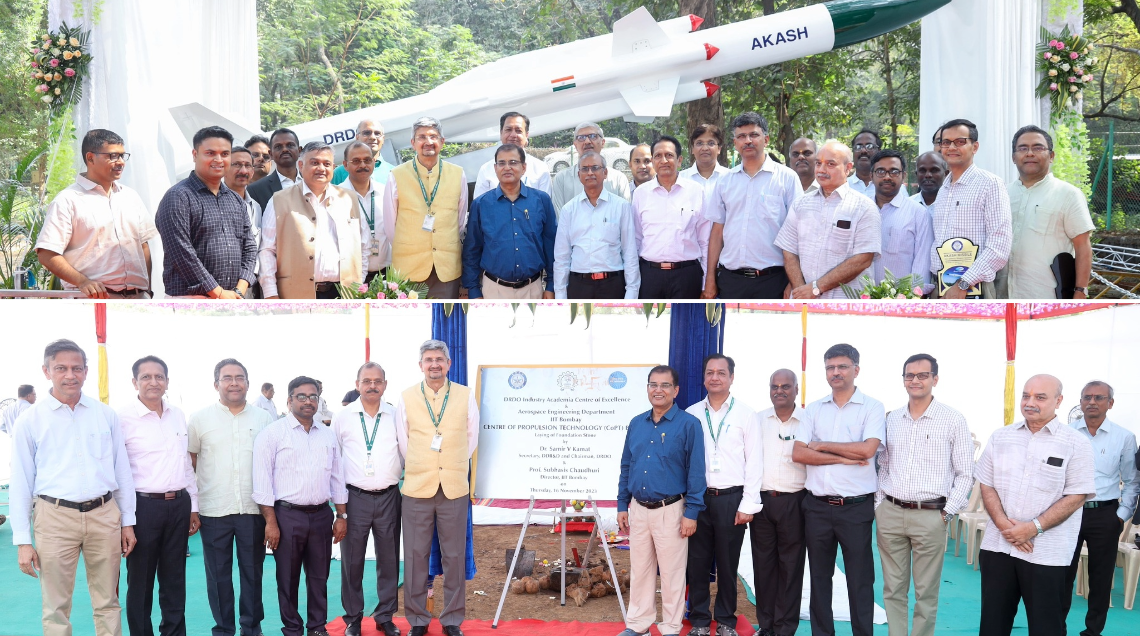
Dr. Samir V Kamat, Chairman of the Defence Research and Development Organisation (DRDO), has emphasized the need for greater collaboration among academia, the DRDO, and industry to address emerging challenges in defense research and development.
Speaking at the 15th Air Chief Marshal LM Khatre Memorial Lecture in Bengaluru on Saturday, Kamat highlighted the current siloed approach, where these entities often operate independently with limited overlap. He stressed the importance of a more integrated model that fosters collaboration and knowledge sharing.
Continue readingSOURCE: AFI
In a significant boost to the Indian Air Force’s capabilities, the Ministry of Defense (MoD) has placed an order with Hindustan Aeronautics Limited (HAL) for 240 AL-31FP aero engines. These engines will be used to power the Su-30MKI fighter aircraft, and for the first time, they will feature a cutting-edge Full Authority Digital Engine Control (FADEC) system.
Previously, the Su-30MKI aircraft relied on an analog hydro-mechanical control system for its engines. The introduction of the FADEC system marks a major technological upgrade and offers several key advantages:
Continue readingSOURCE: AFI
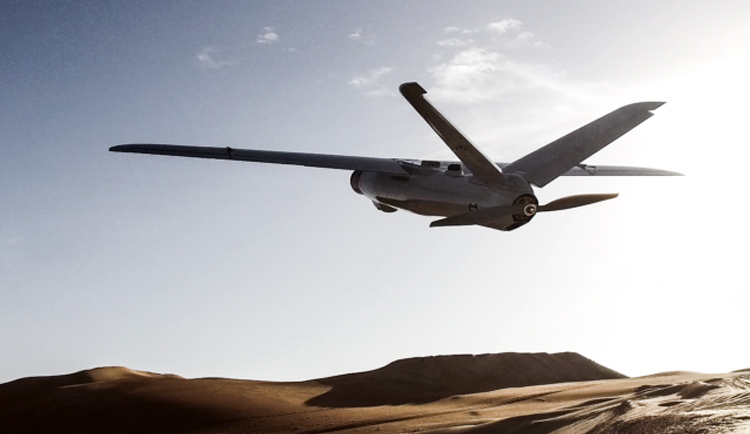
Vijayan Trishul Defence Solutions, a leading Indian defense company, has ambitious plans to expand its manufacturing capabilities. In the first phase, the company aims to produce small ammunition, including calibers like 7.62mm, 5.56mm, and 9mm.
Moving forward, Vijayan Trishul plans to collaborate with both international and local partners to venture into small arms production. The final phase of their expansion will involve producing medium and large-caliber munitions, such as mortar and artillery shells.
Continue readingSOURCE: AFI

India’s self-reliance efforts in defense received a significant boost with the successful development of AI-powered tools for data assessment and active learning for visual data by ChiStats Labs Pvt. Ltd. This achievement comes courtesy of the Technology Development Fund (TDF) scheme, a flagship program of the Ministry of Defence (MoD) executed by the Defence Research and Development Organisation (DRDO).
ChiStats Labs, a Pune-based data science and AI startup, emerged as the winner of DRDO’s Dare to Dream 2.0 Innovation contest. Through the TDF scheme, they received critical support to develop this groundbreaking technology. Notably, ChiStats Labs is not the first success story under the TDF scheme, which has fostered innovation and empowered startups and MSMEs to contribute to India’s defense sector.
Continue readingSOURCE: AFI
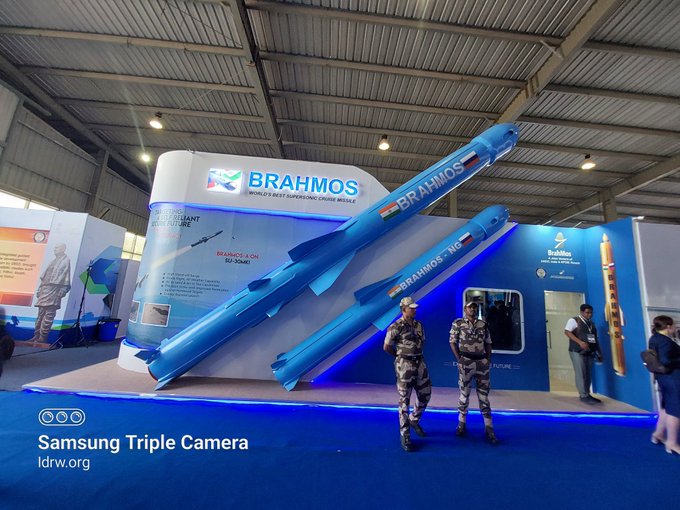
India’s Defense Research and Development Organisation (DRDO) is currently developing an interferometric fiber-optic gyroscope (FOG)-based Inertial Navigation System (INS) for the BrahMos missile, marking a significant leap in indigenous navigation technology. This advanced INS system will further enhance the precision and reliability of BrahMos, already one of the world’s fastest supersonic cruise missiles.
Inertial Navigation Systems (INS) play a critical role in modern missile systems, enabling them to navigate with high accuracy, especially in environments where external signals like GPS are either unavailable or compromised. INS units utilize sensors like gyroscopes and accelerometers to track the position, orientation, and velocity of the missile without relying on external references. However, traditional mechanical gyroscopes have limitations in terms of size, accuracy, and reliability.
Continue readingSOURCE: AFI

India is taking a major leap in its space ambitions with the planned launch of its own space station, named the Bharatiya Antariksh Station, by 2035. The proposal for the project was recently cleared by the Union government, marking a significant milestone in the Indian Space Research Organisation’s (ISRO) journey toward establishing a permanent human presence in space.
The Bharatiya Antariksh Station will be developed through a series of modular launches, taking advantage of ISRO’s current launch capabilities. According to ISRO Chief S. Somanath, the initial phase of the space station’s deployment will focus on robotic operations. “We are planning it’ll be more robotic in nature because most of the work is done by robots now,” he stated, emphasizing the shift toward automation and the growing use of robotic systems in space exploration.
Continue readingSOURCE: AFI

The Indian Army is actively pursuing the development of long-range rockets capable of striking targets over 300 kilometers away. This strategic move is driven by the increasing effectiveness of such weapons, as demonstrated in the ongoing Ukraine-Russia conflict.
The Indian Army’s indigenous Pinaka rocket system is currently undergoing modifications to enhance its range and capabilities. According to Lieutenant General Adosh Kumar, Director General Artillery, the goal is to extend the range of existing Pinaka systems by nearly four times to meet operational requirements.
Continue readingSOURCE: AFI
)
Cutting across various sections of society, people in Telangana have urged the government to save the Damagundam forests in Vikarabad district by relocating the proposed Indian Navy radar station to a different site. The concerns stem from environmental and conservationist efforts to protect the forested area, which is now slated for a crucial military installation.
The Indian Navy has identified Telangana as a key base for its second Very Low Frequency (VLF) communication transmission station. This station, crucial for communication with naval ships and submarines, will be established in the Damagundam forest area near Puduru in Vikarabad Mandal. The new installation will complement the first VLF station, INS Kattabomman in Tirunelveli, Tamil Nadu, which has been operational since 1990 and serves as a vital communication link for the Navy.
Continue readingSOURCE: AFI
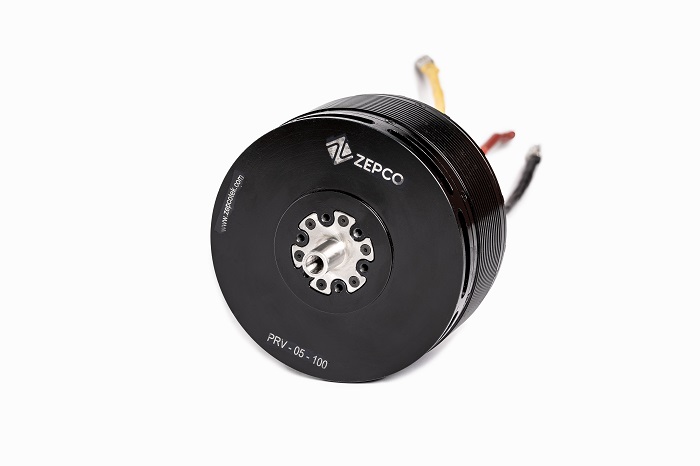
Zepco Technologies, a deep-tech startup based in Bengaluru, has achieved a significant milestone in the field of propulsion technology. The company’s advanced propulsion system has successfully powered a world record-setting high-altitude flight of an unmanned aerial vehicle (UAV) carrying a heavy payload.
Designed, developed, and manufactured entirely in Bengaluru, Zepco’s indigenous propulsion system lifted a UAV with a 30 kg payload to an astonishing launch altitude of 19,024 feet at Umling La Pass, the highest motorable pass in the world. The total takeoff weight of 100 kg showcased the motors’ exceptional performance in challenging conditions with rarified air.
Continue readingSOURCE: AFI

A gathering of naval air power from across the Indo-Pacific region took place at RAAF Base Darwin during Exercise Kakadu 2024. Representatives from the Australian Air Force, Australian Navy, US Navy, Japan Maritime Self-Defense Force (JMSDF), Republic of Singapore Air Force (RSAF), and Indian Navy came together for a group photo to commemorate their participation in the multinational naval exercise.
The exercise showcased a diverse range of maritime patrol aircraft (MPAs) from the participating nations. The Indian Navy and Australian Navy proudly displayed their P-8 and P8I MPAs, while the Japan Maritime Self-Defense Force (JMSDF) showcased its Kawasaki P-1 MPA. The US Navy also contributed its P-8A MPA to the exercise.
Continue reading